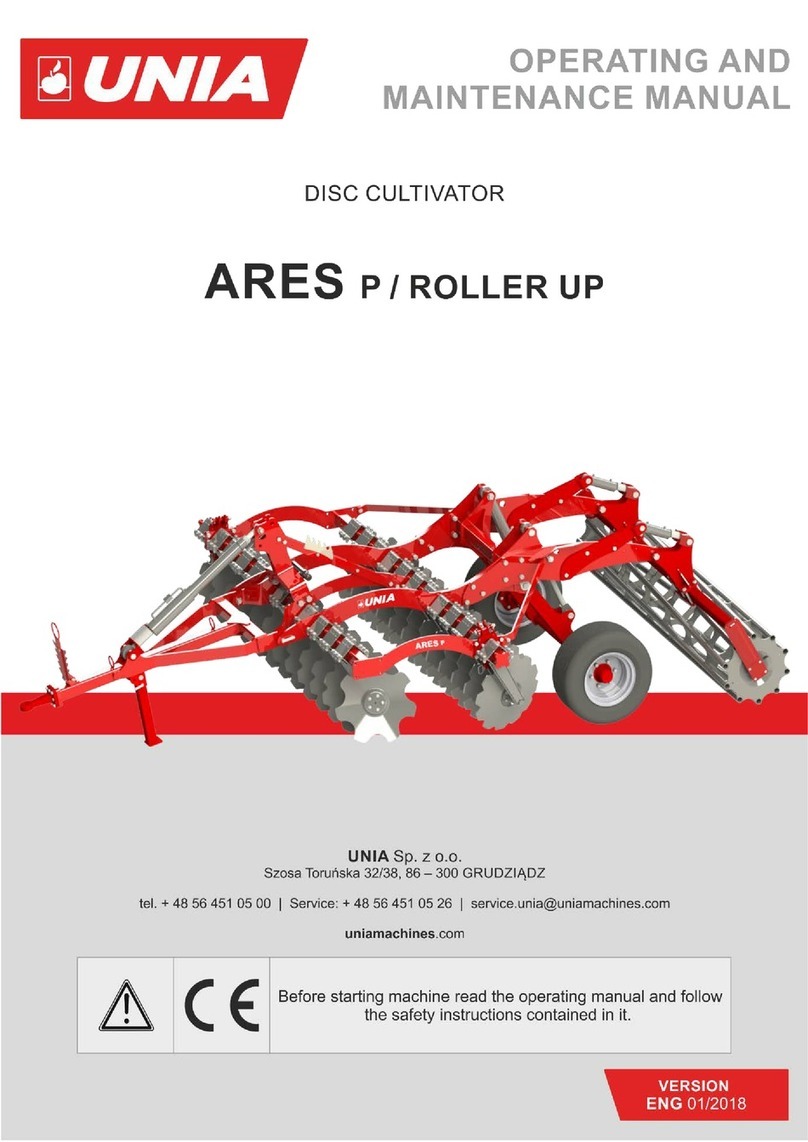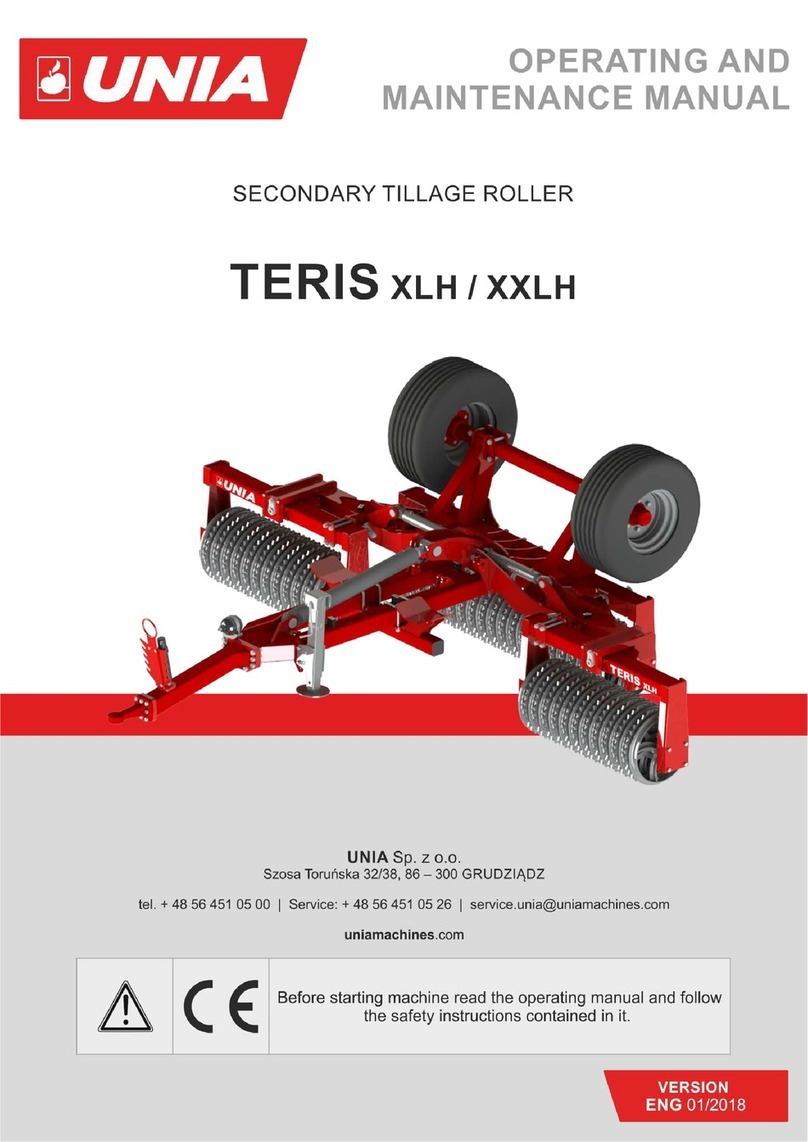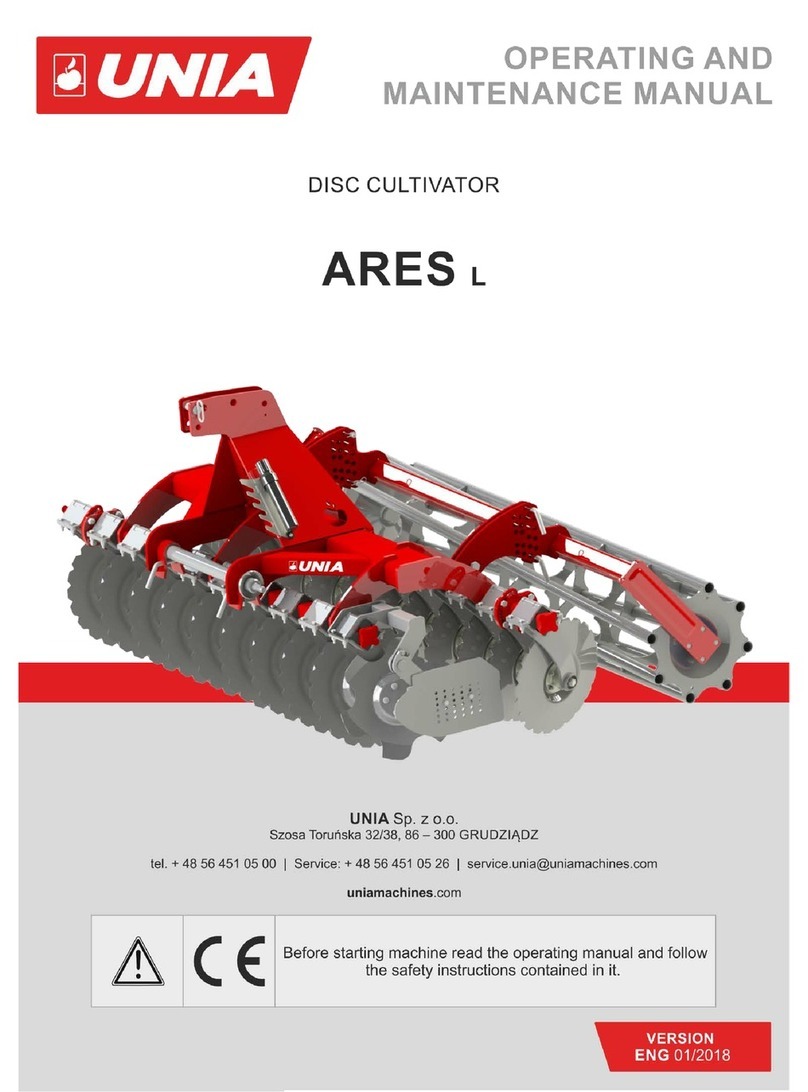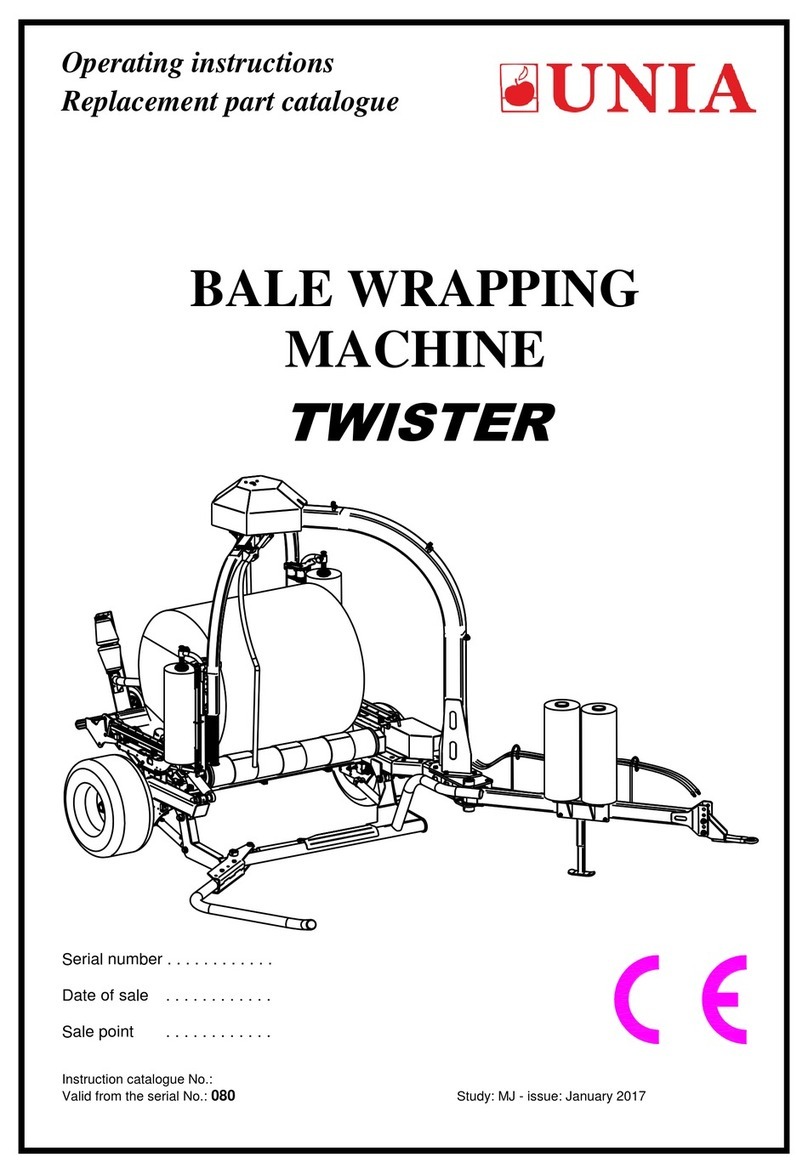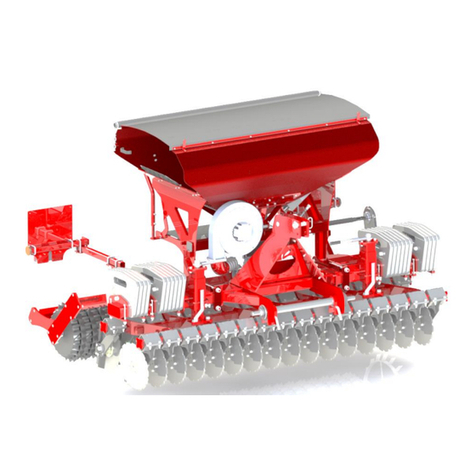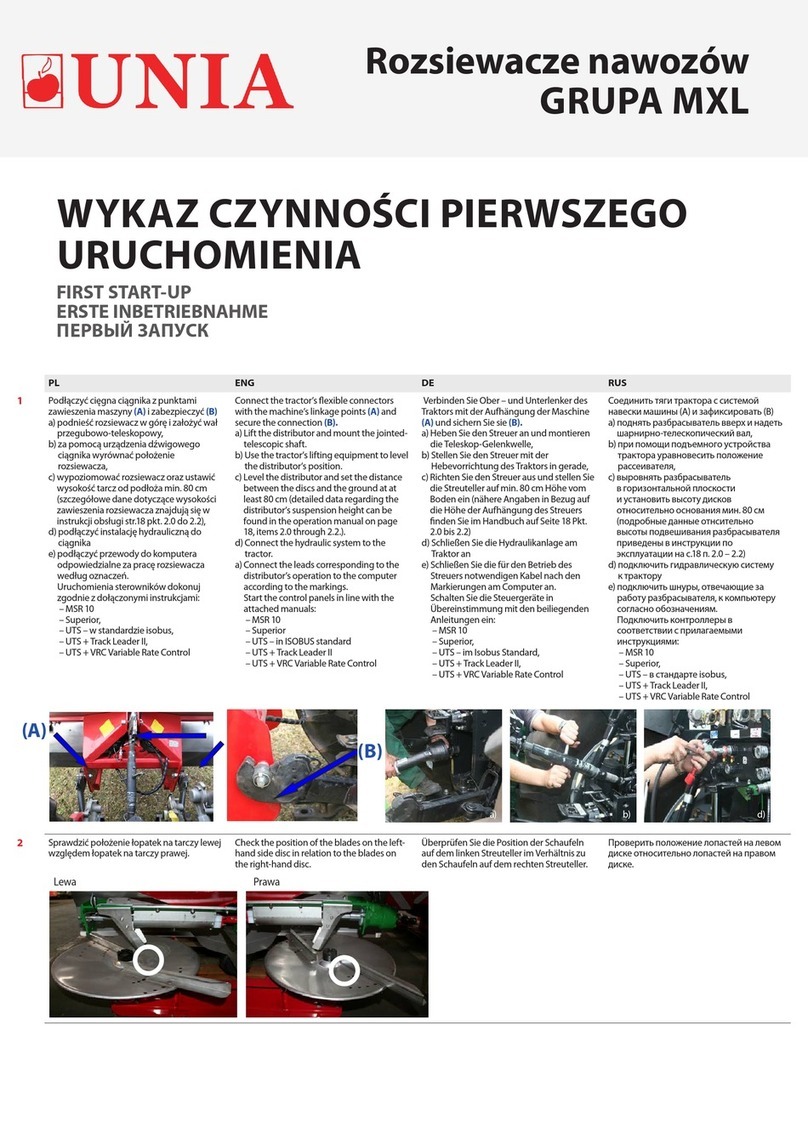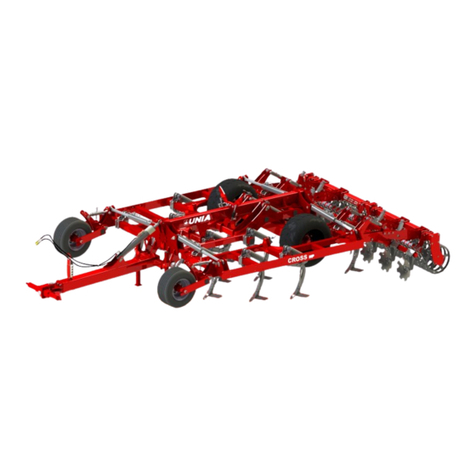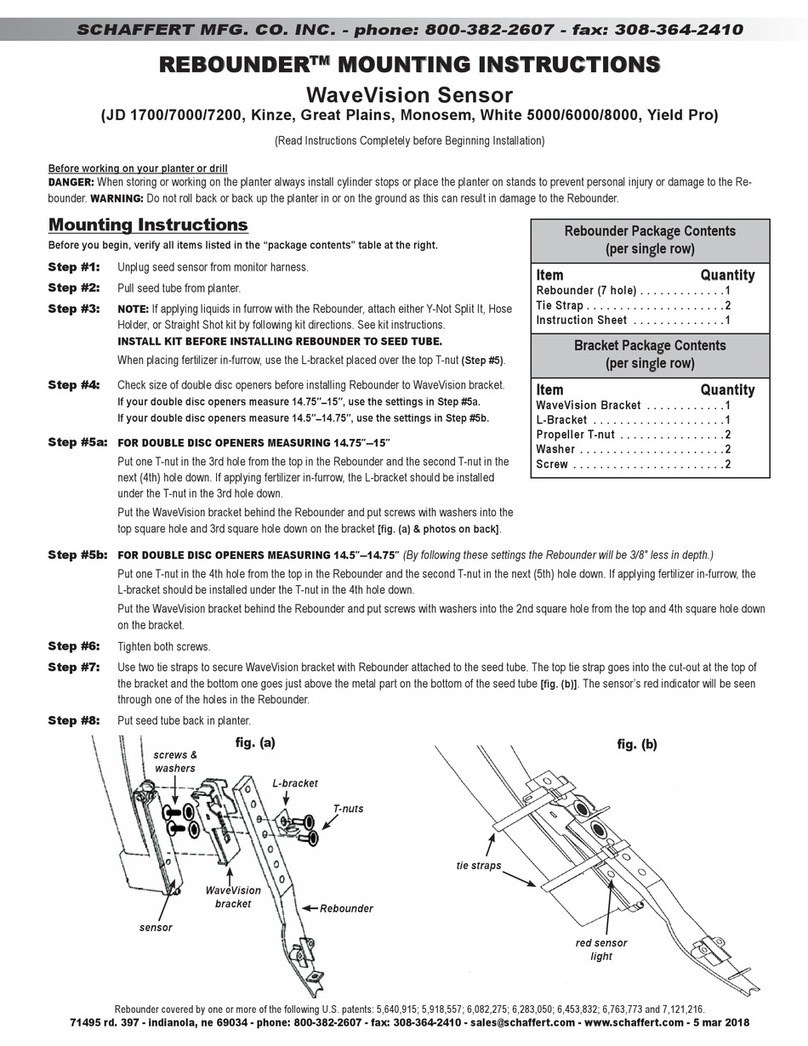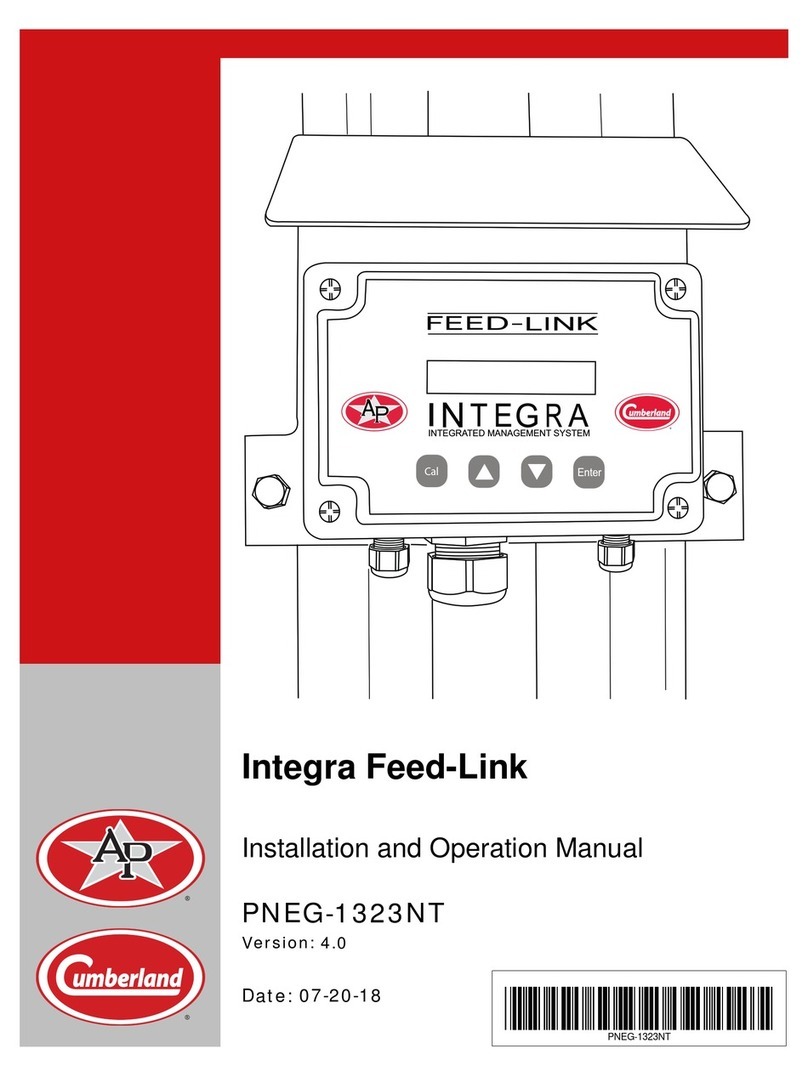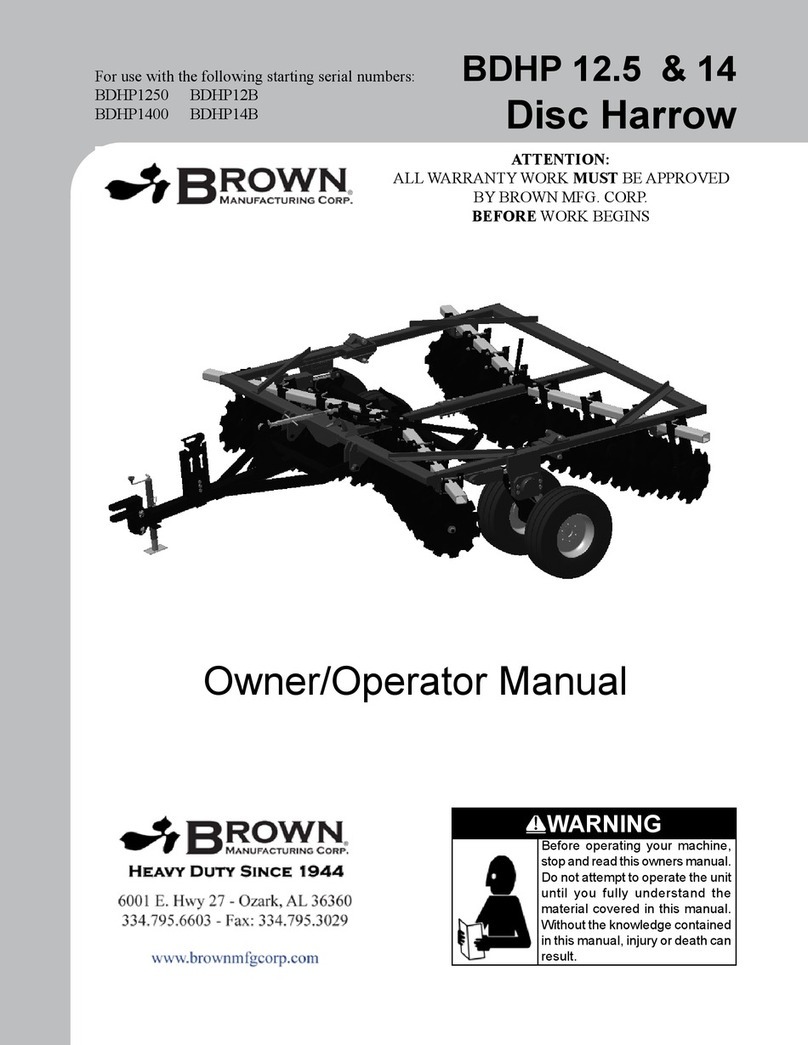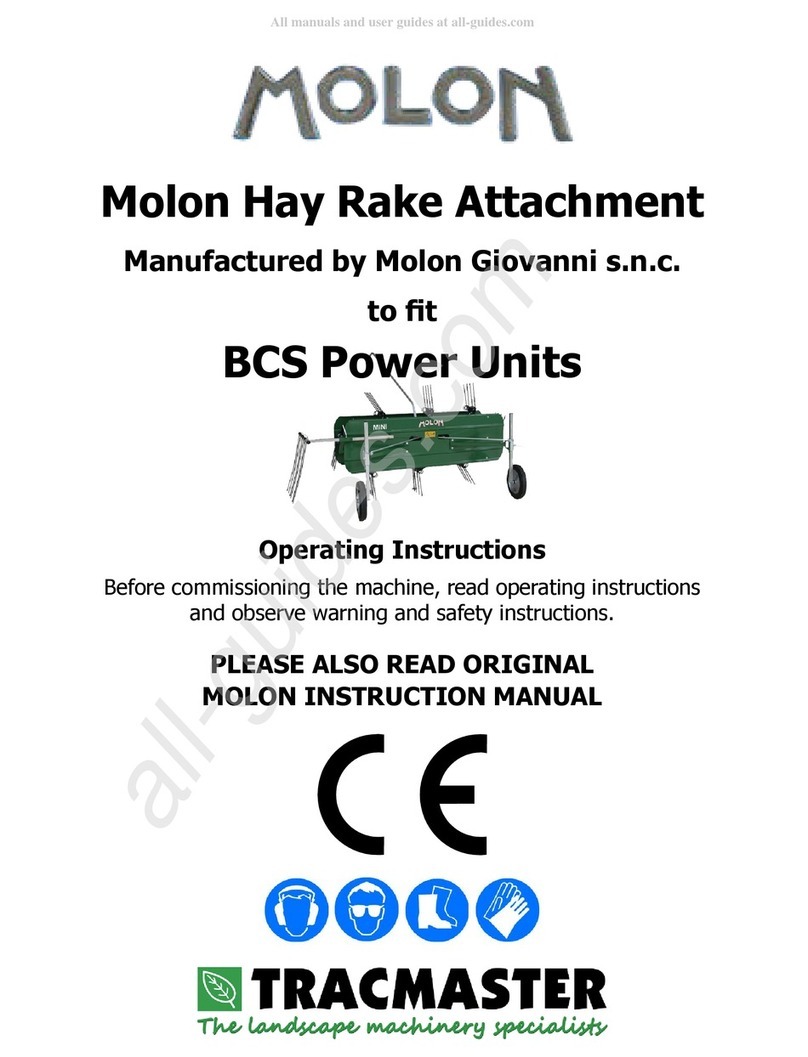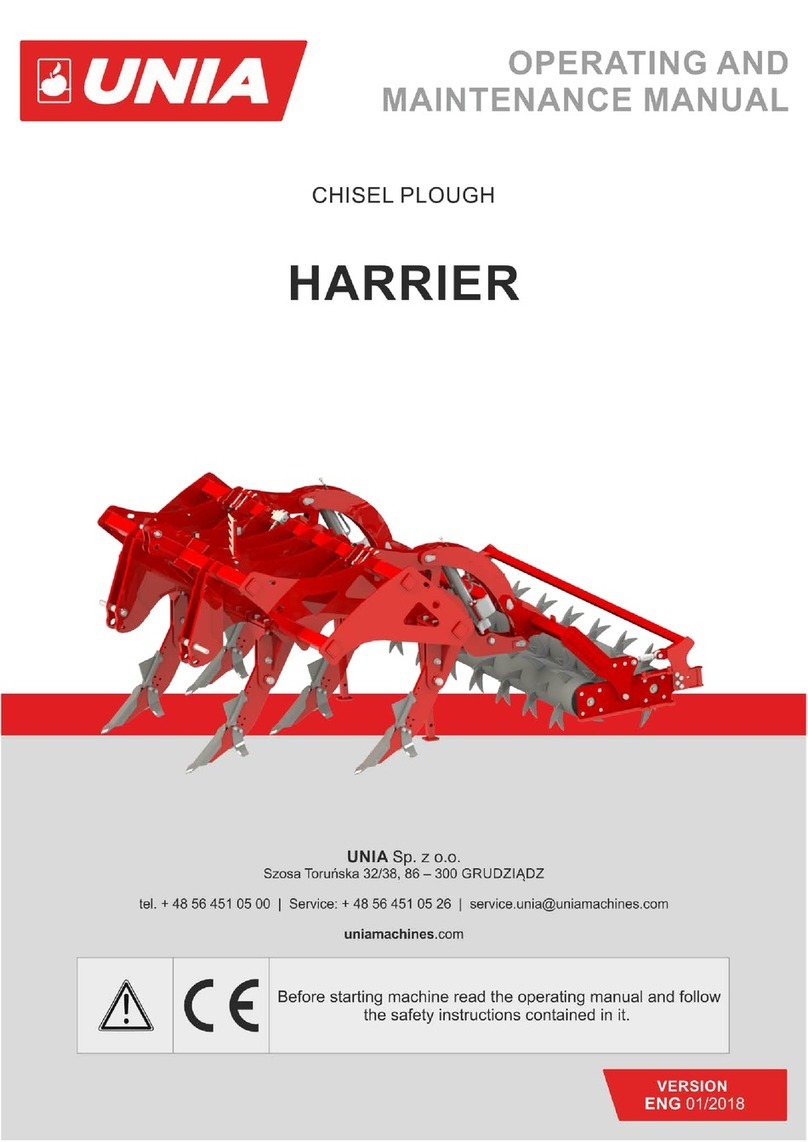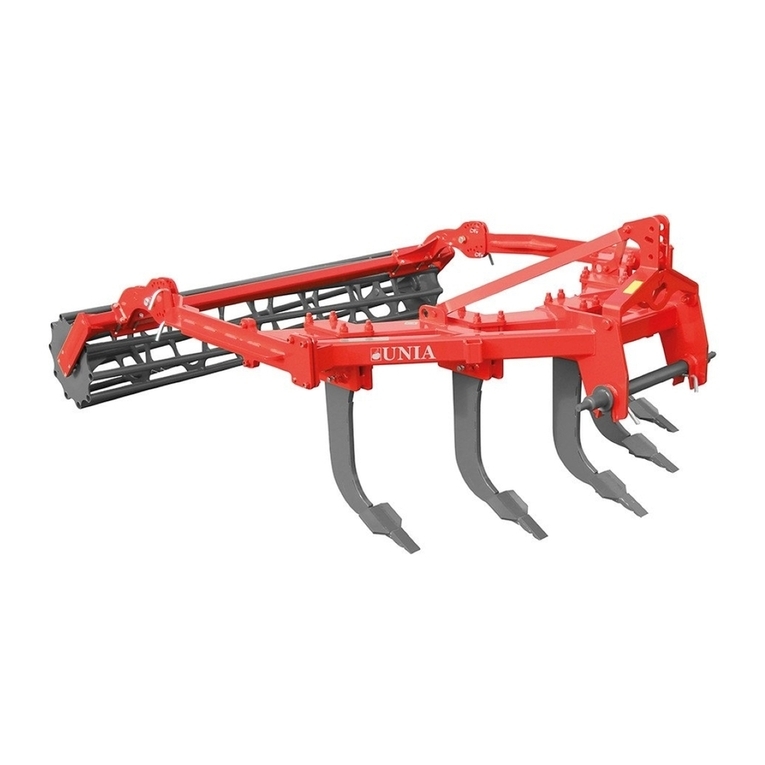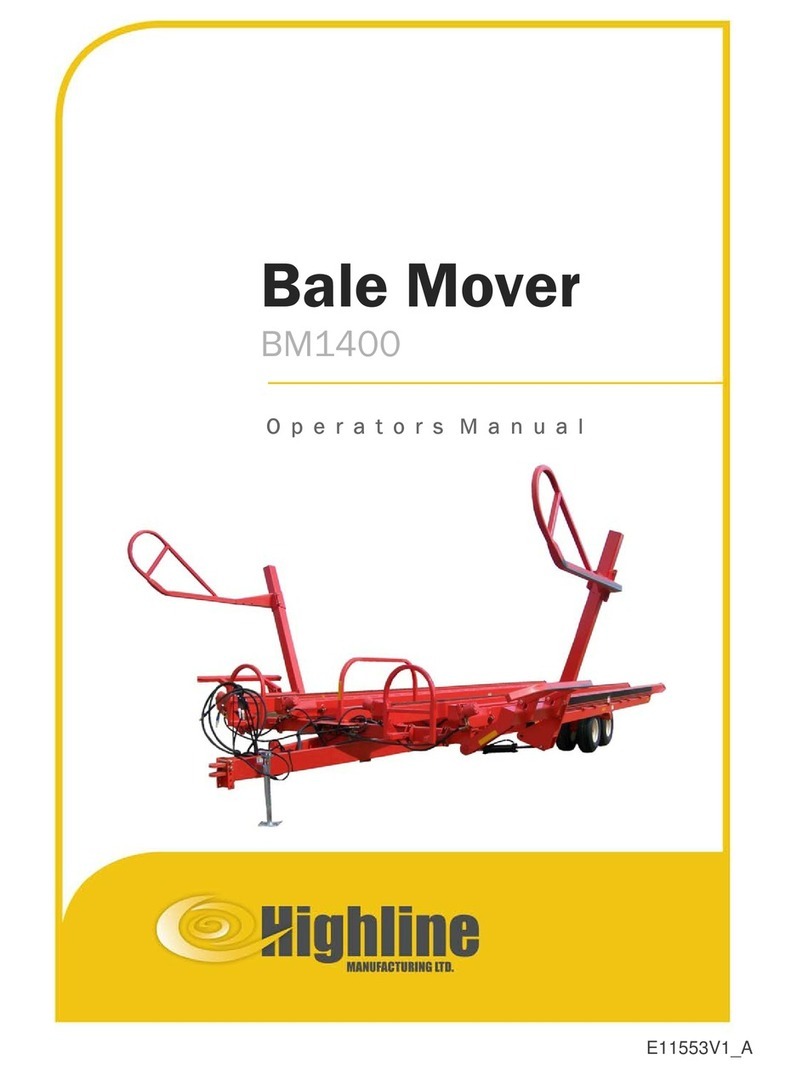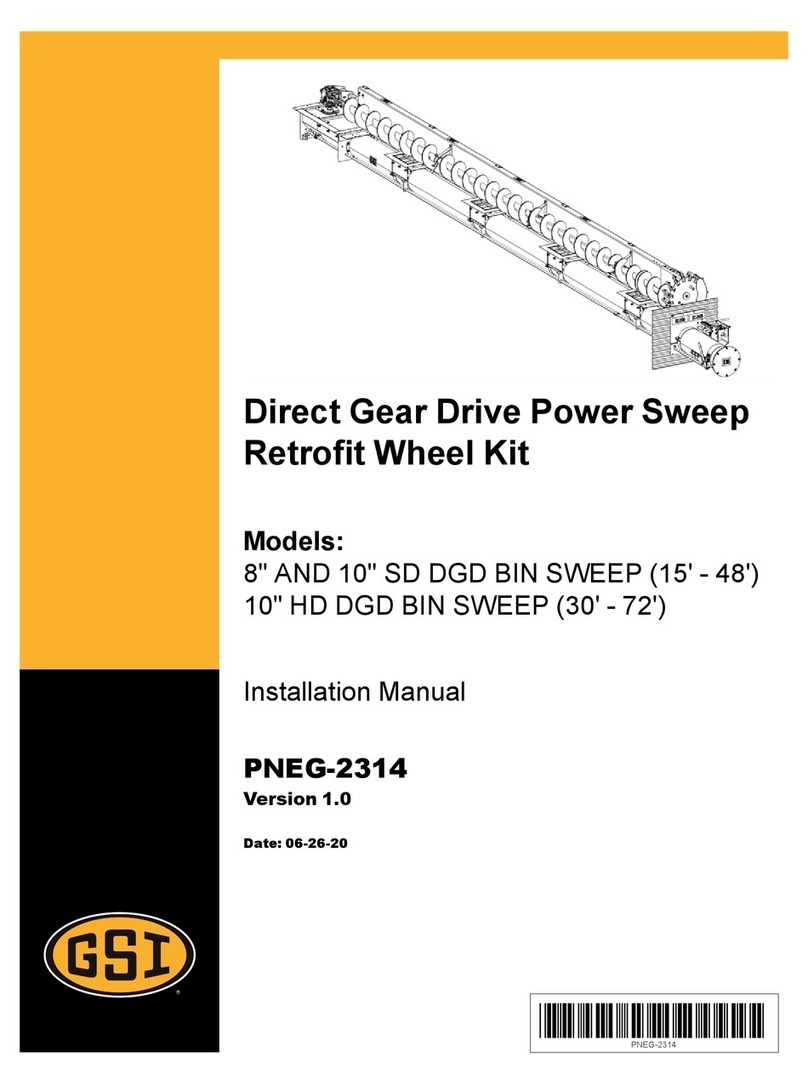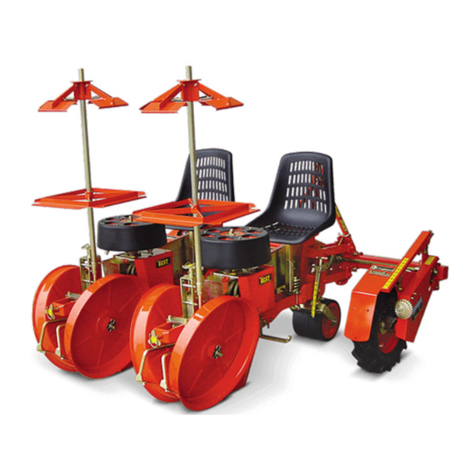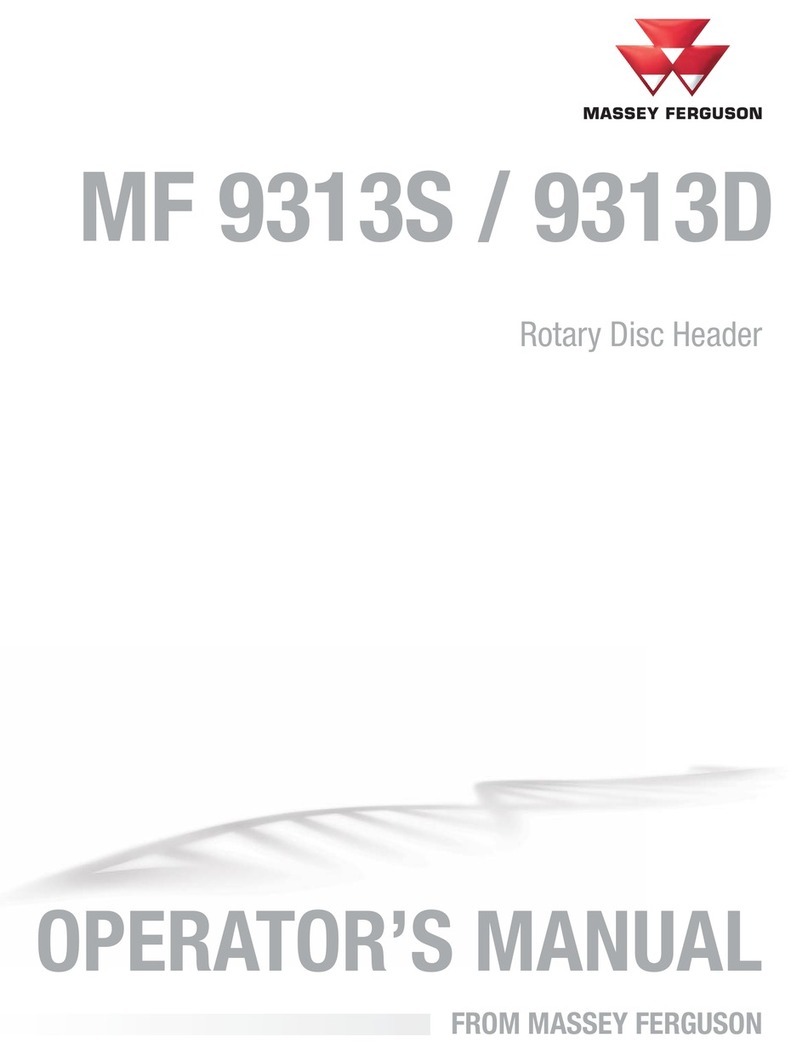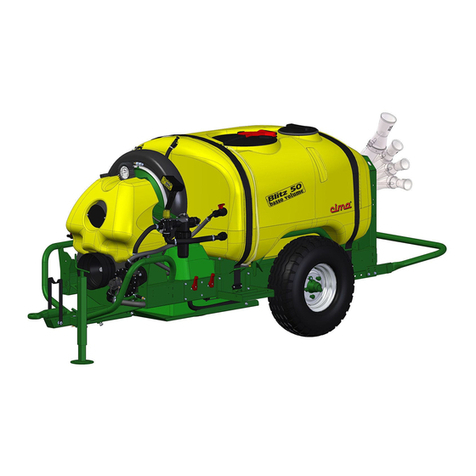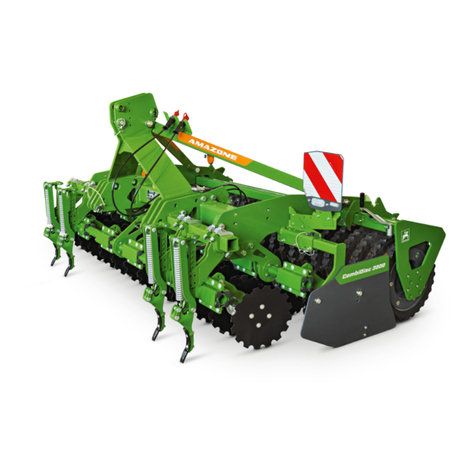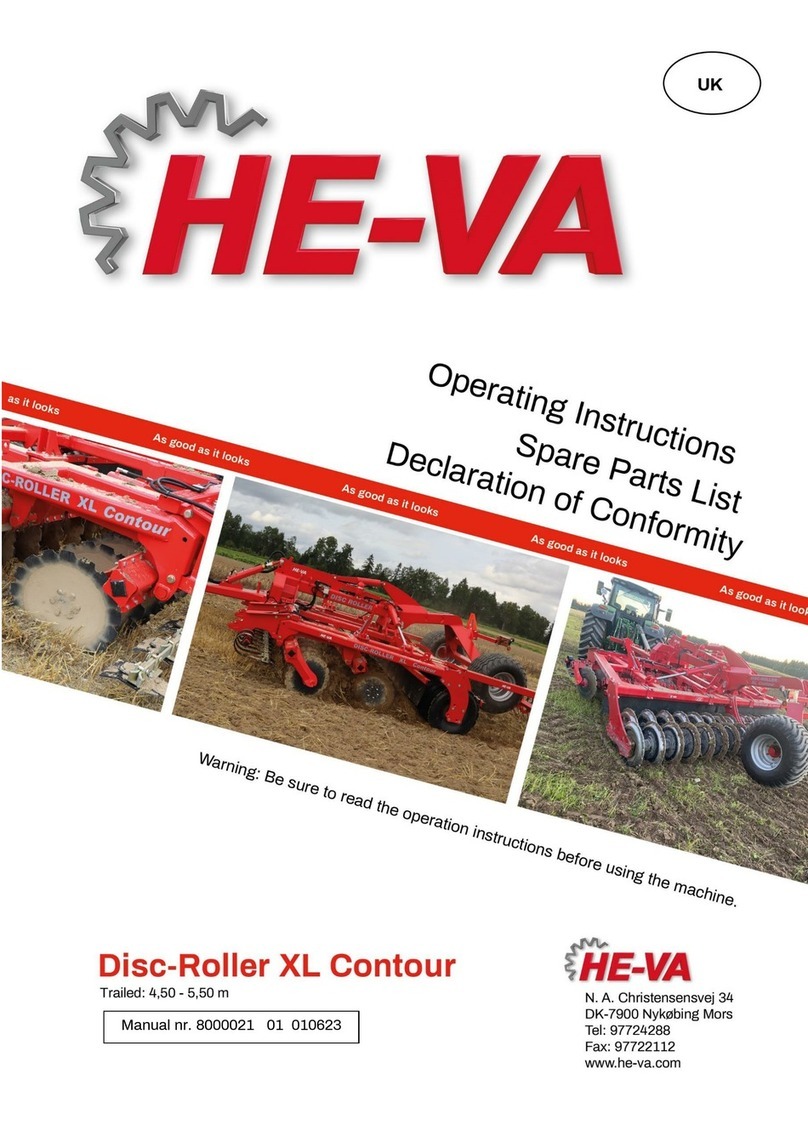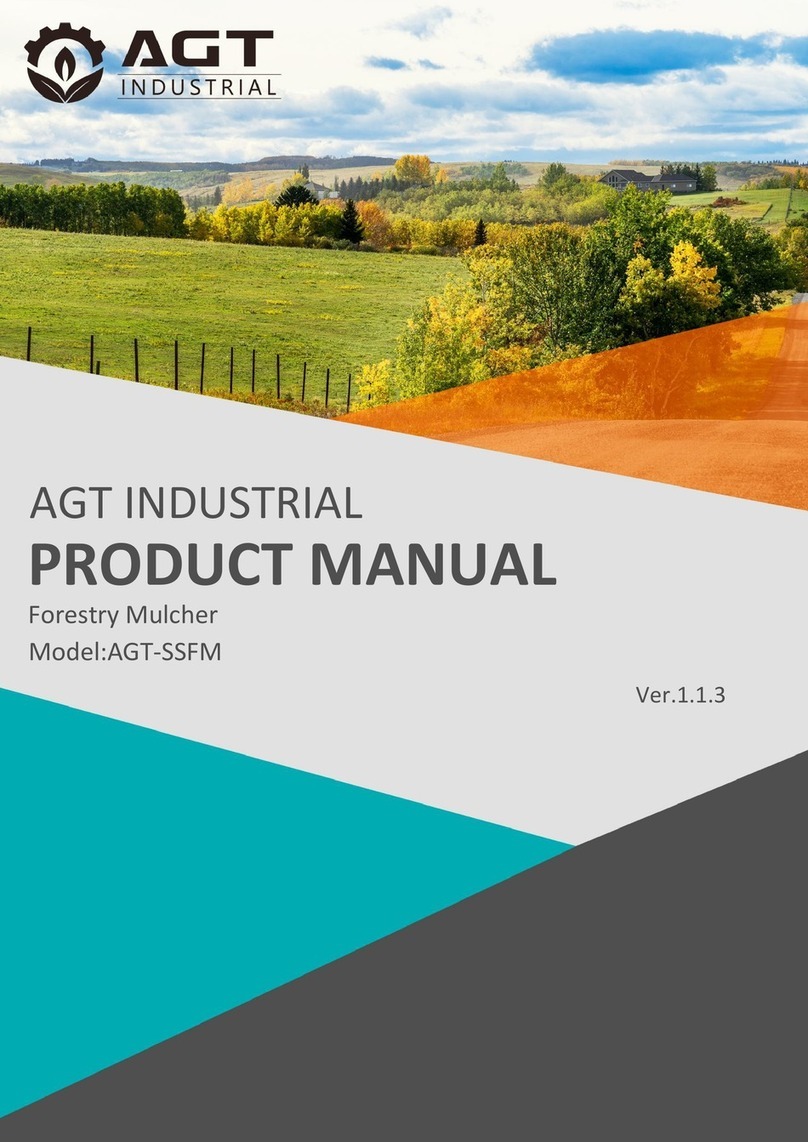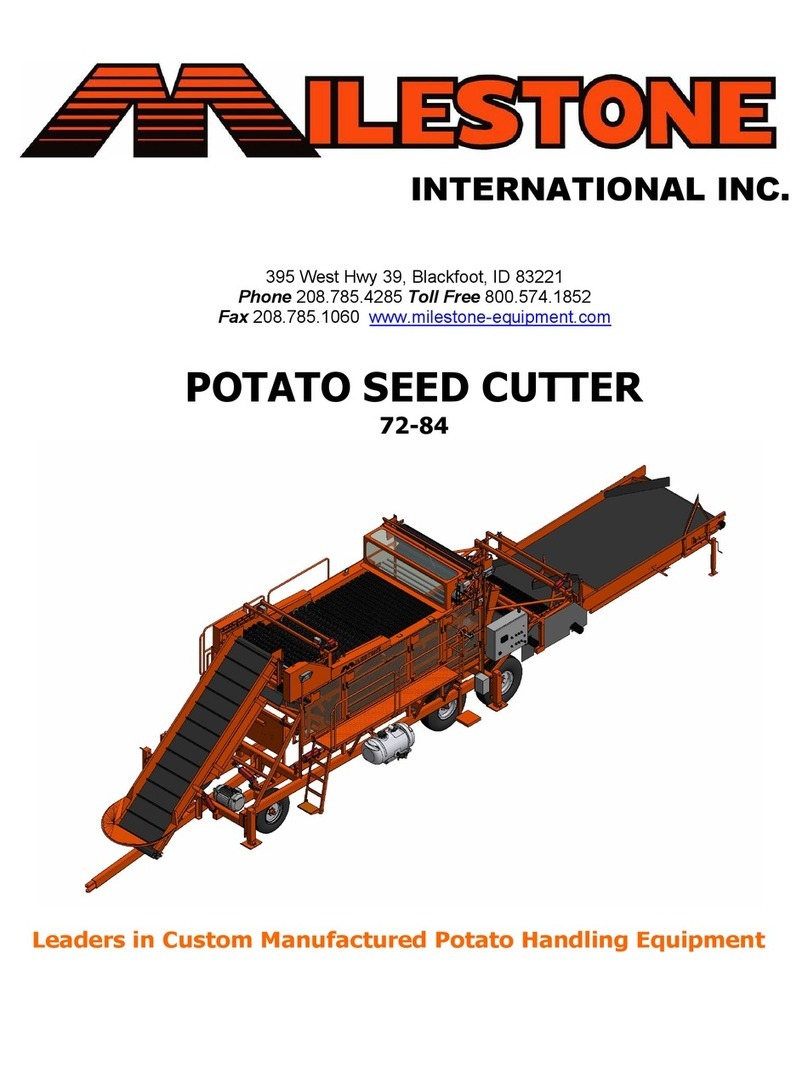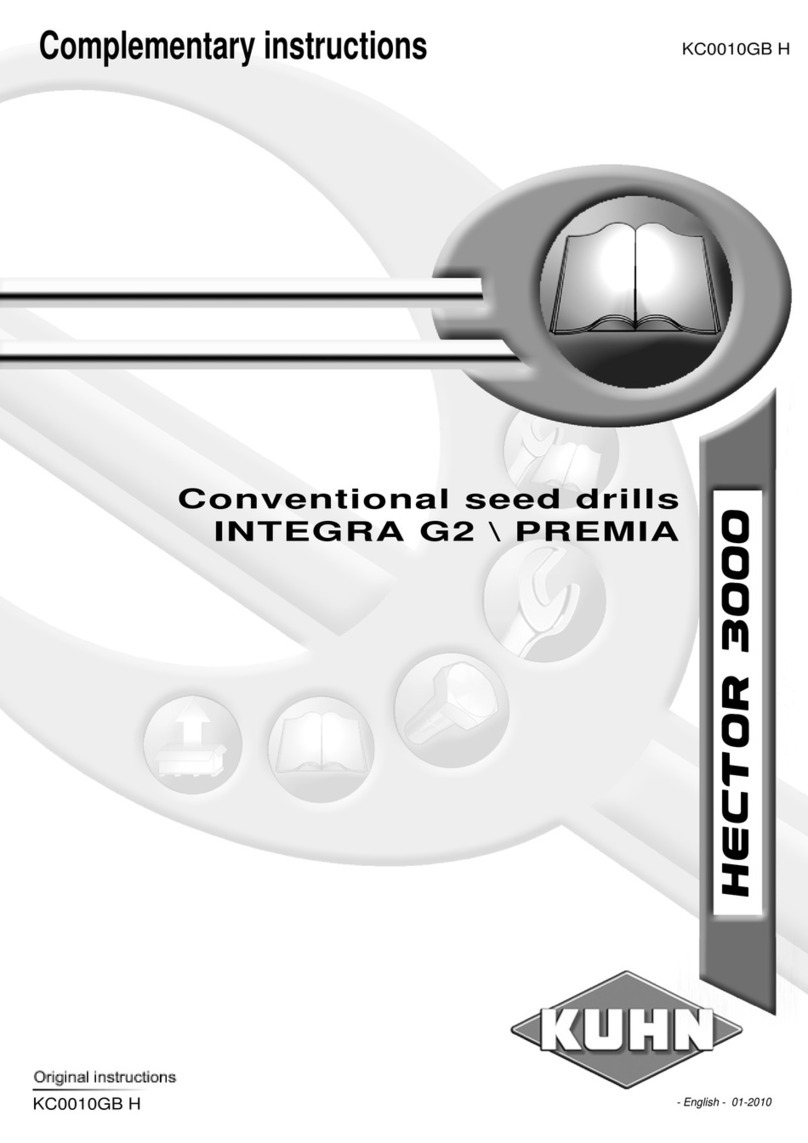OPERATING AND MAINTENANCE MANUAL ARES HP
- 4 -
Table of contents
PREFACE: ................................................................................................................................................................. 5
1. Precautions ......................................................................................................................................................... 5
1.1. Before you Begin to Use Your Machine ........................................................................................................... 5
1.2. Health and safety regulations .......................................................................................................................... 5
1.3. Servicing ........................................................................................................................................................... 6
1.4. Transport on highways..................................................................................................................................... 6
1.5. Safety Symbol................................................................................................................................................... 7
1.6. Nameplate........................................................................................................................................................ 8
2. Technical and Identification Data........................................................................................................................ 9
2.1. ARES HP specifications ................................................................................................................................... 10
3. Operating Manual ............................................................................................................................................. 11
3.1. First Start........................................................................................................................................................ 11
3.2. Preparation of the Unit (Tractor + Machine) ................................................................................................. 11
3.3. Connection and Disconnection ...................................................................................................................... 12
3.4. Transport on highways................................................................................................................................... 13
3.5. Adjustment of the Cultivator ......................................................................................................................... 14
3.5.1. Working Depth Adjustment ........................................................................................................................ 14
3.5.2. Adjustment of the Central and Rear Deflectors .......................................................................................... 14
3.5.3. Adjustment of the External Disc.................................................................................................................. 15
3.5.4. Adjustment of the Folding Hydraulic System.............................................................................................. 15
3.5.5. Adjustment of the Working Depth on the Support Wheel ......................................................................... 16
3.5.6. Adjustment of the Side Deflectors .............................................................................................................. 16
3.5.7. Adjustment of Brakes.................................................................................................................................. 17
3.6. Operation (see par. II Safety) ......................................................................................................................... 18
4. Servicing and Maintenance ............................................................................................................................... 18
4.1. General........................................................................................................................................................... 18
4.2. Replacement of the Machine Components ................................................................................................... 18
4.3. Bolt, screw and nut tightening torques (Nm)................................................................................................. 19
4.4. Hydraulic System............................................................................................................................................ 19
4.5. Lighting........................................................................................................................................................... 20
4.6 Lubrication ..................................................................................................................................................... 20
4.7. Storage of the Cultivator ................................................................................................................................ 21
4.8. Disassembly and Disposal............................................................................................................................. 21
4.9 Warranty Conditions and Warranty Services ............................................................................................... 21

